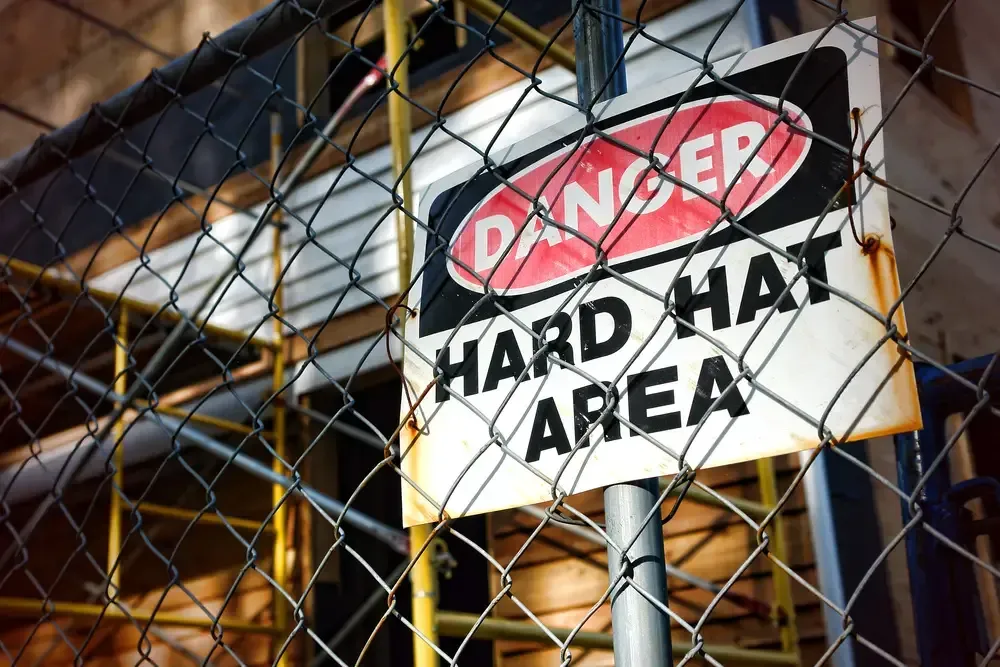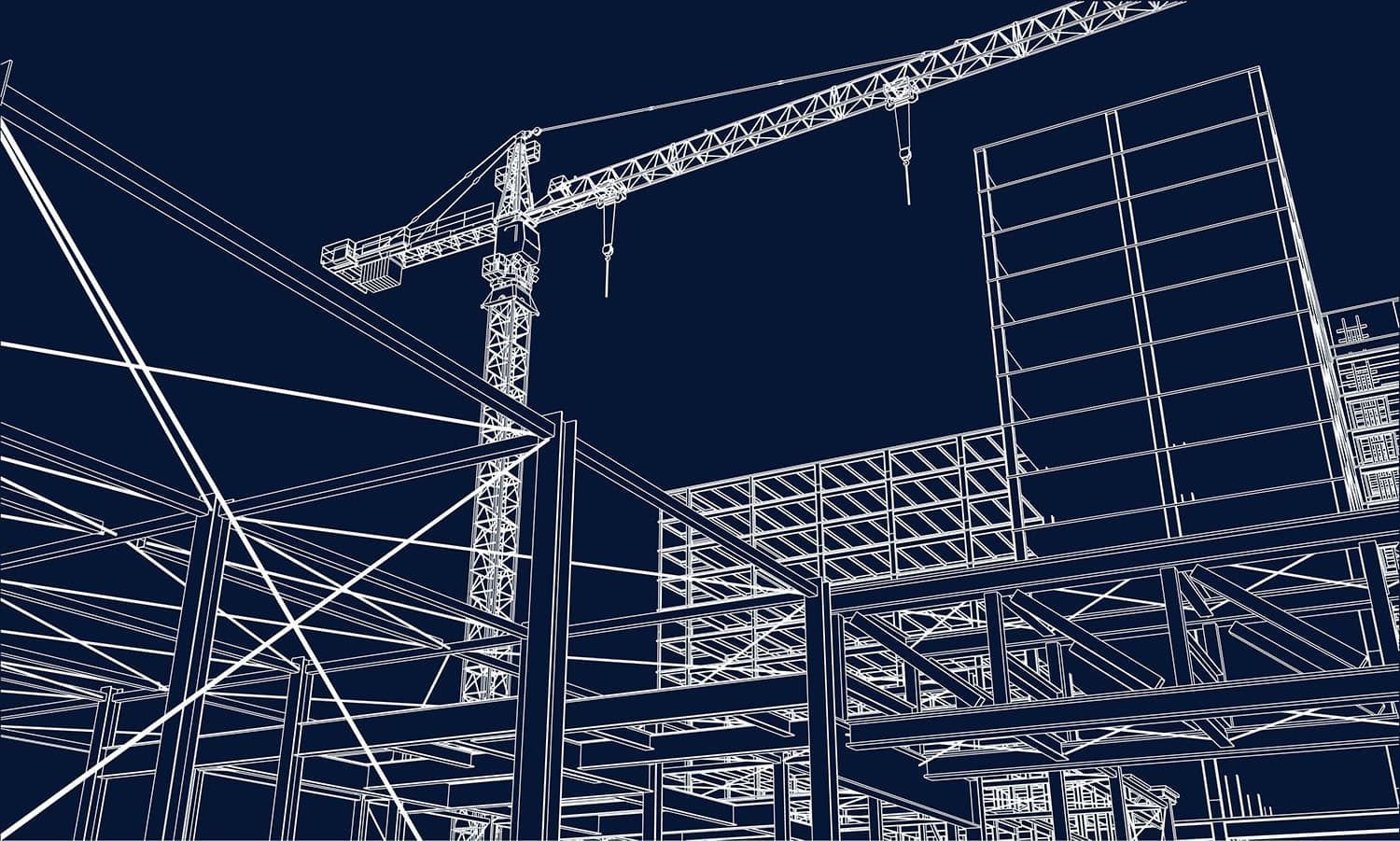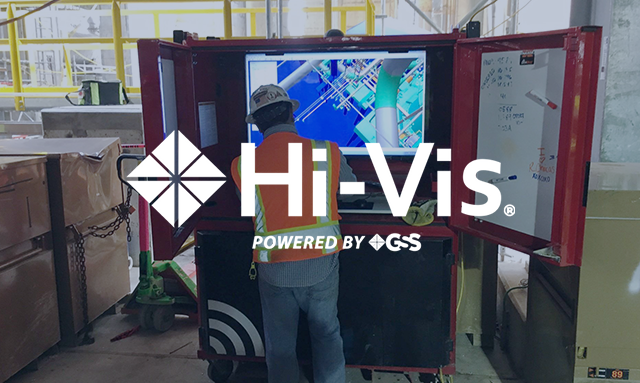The Importance Of Following Scaffold Regulations
They may not be the most complicated equipment found on the jobsite, but scaffolding systems require just as much caution as anything else to ensure they’re used as safely as possible. Whenever construction crews work from an elevated position, there’s an element of risk that makes following protocols essential for keeping personnel safe. This is why it’s so important for contractors like you to be aware of scaffolding regulations and follow them at all times. If your company fails to adhere to all relevant scaffold rules and regulations, there’s always the danger of injuries, project delays, and worse.
The Dangers of Non-Compliant Scaffolding
If you use equipment that doesn’t meet safety rules for scaffolding, the danger level around your jobsite rises to a significant degree. According to a recent OSHA report, more than 4,500 injuries and 50 deaths could be prevented every year if companies throughout the construction industry followed all scaffolding regulations. More than 2.3 million construction workers use scaffolds on a regular basis, which represents nearly 65% of the industry’s workforce in the United States.
Scaffolding safety requirements have been put in place to prevent a wide range of risks associated with these systems. These include workers falling, structures collapsing, and heavy objects hitting workers underneath scaffolds. Of course, the injuries caused by these incidents can take a heavy human toll, but they also can impact the success of a project. Any delays created by faulty scaffolds or improper usage can result in projects going over budget and/or failing to meet their schedules.
The Legal Repercussions of Non-Compliance
Even if your jobsite doesn’t experience any injuries or safety incidents related to not following the proper standards in scaffolding, there’s still a legal risk. Failing to comply with scaffolding regulations opens you up to fines from regulatory bodies, for example. If there are injuries that result from non-compliance, you also face the possibility of lawsuits and workers’ compensation claims. Hewing closely to the scaffolding laws where you work not only helps mitigate these legal risks, but also demonstrates that you’re doing your due diligence and taking your responsibilities as seriously as possible.
Building a Culture of Safety Through Regulations
Understanding and following scaffolding requirements is key for putting practical safety measures in place. By sticking close to these regulations, you can ensure that the scaffolds your workers use will be structurally sound and provide the highest degree of stability. Mandating fall protections including guardrails and fall arrest systems can prevent many of the most common injuries that occur when using this equipment. Scaffolding standards also include making sure your employees are fully trained and qualified to use it safely and responsibly to avoid mishaps. Taking all of these into consideration is vital for creating a culture of safety that empowers workers to take responsibility for the protection of themselves and their co-workers.
The Benefits of Taking Safety Seriously
Being responsible with scaffold use on the jobsite provides numerous benefits — some of them clear to see, others less obvious. For example, ensuring your team can work safely cuts down on accidents that can put employees out of commission for a time. This helps keep the work on track and prevents costly delays. However, a commitment to safety also helps boost your reputation and image within the industry as well as employee morale and productivity.
Commit to Doing the Right Thing
Following scaffolding regulations and rules isn’t just something you do to keep regulators off your back — it’s also good business. Global Site Solutions has software platforms that make complying with scaffold standards as easy as it can be. To learn more about what we have to offer and how it can help you, reach out and speak with a member of our staff today.
You might also like
GSS Blog
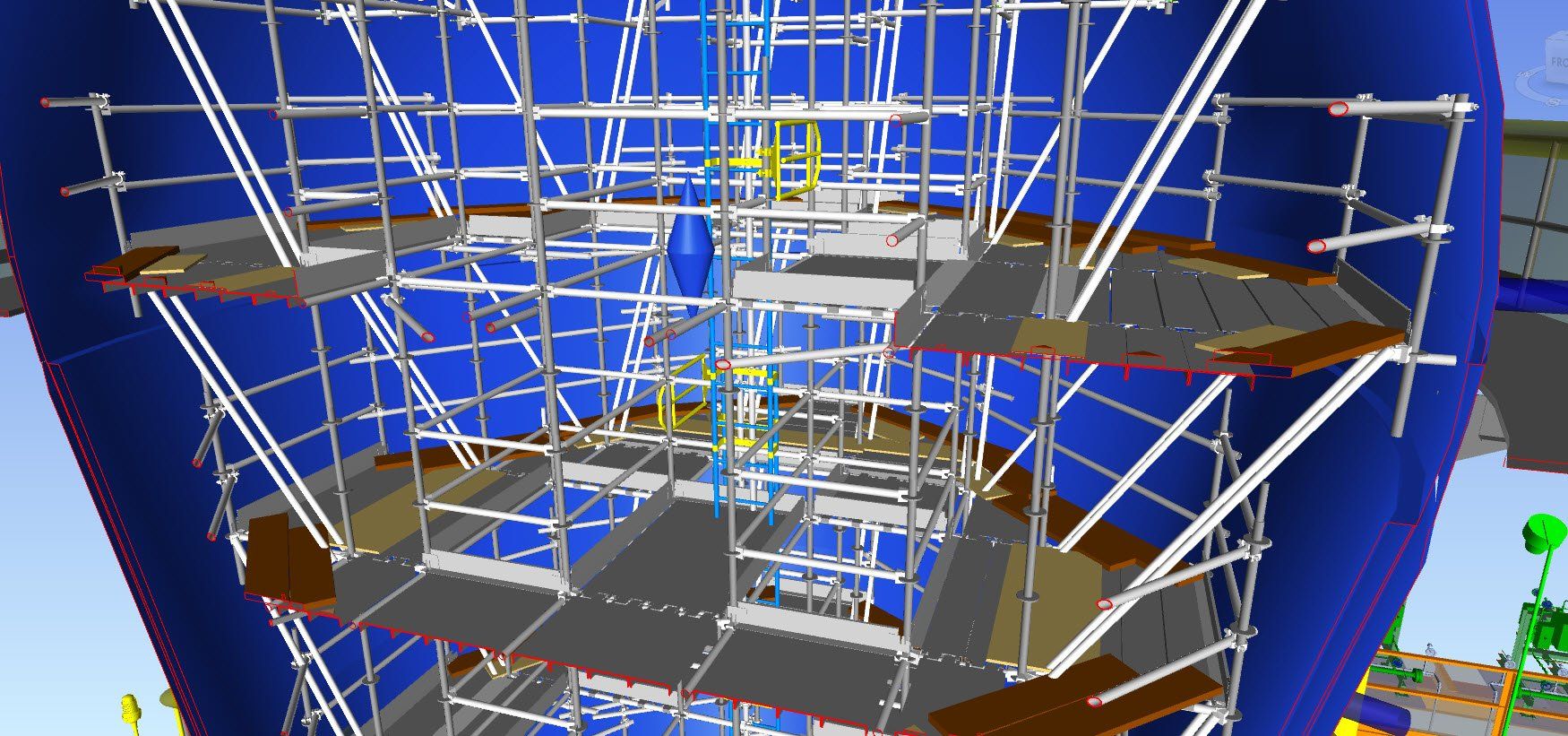


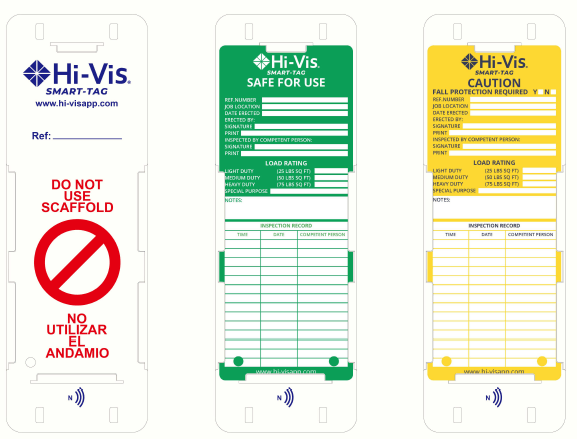
Navigation
Get in Touch
Houston Office
11821 East Freeway, Suite 550
Houston, Texas 77029
Mon-Fri 8:00am-5:00pm
Sat-Sun Closed
Global Site Solutions, LLC, All Rights Reserved

